LED headlights light to help the elderly navigate in the dark.
Comfort Living Unit
The Comfort Living Unit (CLU) is an innovative design concept aimed at enhancing the quality of life for elderly individuals. The project focuses on developing a mobility aid that not only provides physical support but also promotes independence, safety, and overall well-being. CLU incorporates advanced technology, including sensors and a small display, to analyze the user's health information in real-time. This enables the device to provide personalized feedback and alerts related to balance, gait, and fall risks. The design concept also integrates features to ensure comfort and ease of use, such as adjustable height and padded hand grips. By prioritizing the needs of elderly users, the CLU project demonstrates a user-centered approach to interaction design, aiming to improve their daily lives and promote healthy aging.
Project information
The Comfort Living Unit (CLU) project focuses on designing an innovative mobility aid that improves the quality of life for elderly individuals. This user-centered design approach aims to prioritize their specific needs and promote independence, safety, and overall well-being.
CLU project aims to address the challenges faced by elderly individuals in their daily activities and mobility at home. As the global population continues to age, there is a growing need for solutions that can support older adults in maintaining their independence and quality of life. CLU intends to fill this gap by providing an advanced mobility aid that integrates technology, comfort, and personalized support.
The CLU project adopted a user-centered design approach, placing elderly individuals at the core of the design process. This approach involved extensive research, user interviews, and observation to gain insights into target users' specific challenges. By understanding their needs, preferences, and limitations, the design team was able to develop a solution that truly catered to their requirements.
The design process involved several key stages. Firstly, research was conducted to deeply understand the target user group, their physical (cap)abilities, and their daily routines. This research helped identify the key areas where CLU could make a significant impact. User interviews and observations provided valuable insights into the users' experiences, frustrations, and desires for improved mobility aids.
The outcome of the CLU project is an innovative walker that offers a range of features to enhance the lives of elderly individuals. First of all, it has integrated sensors in the handles which monitor the user's health parameters, such as gait, blood pressure, and blood sugar levels. Real-time feedback and alerts are provided through a user-friendly display. Additionally, CLU scans the home environment to navigate and identify fall risk by using lidar technology.
The CLU design also prioritizes comfort and ease of use, with adjustable height and padded hand grips to reduce strain on joints and muscles. The walker is lightweight, portable, and designed to seamlessly integrate into the users' daily routines.
In conclusion, the CLU walker is a health device that supports elderly people in their daily life at home to reduce fall accidents and gain independence. This enables the elderly to live by themselves for longer and not be reliant on the help of others.
UID23 | Mohammad Hajjo – Grad Project Presentation
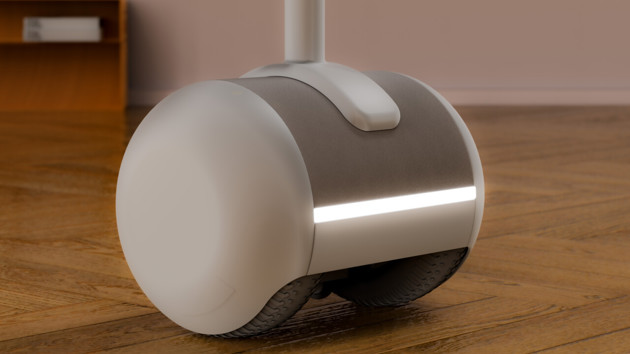
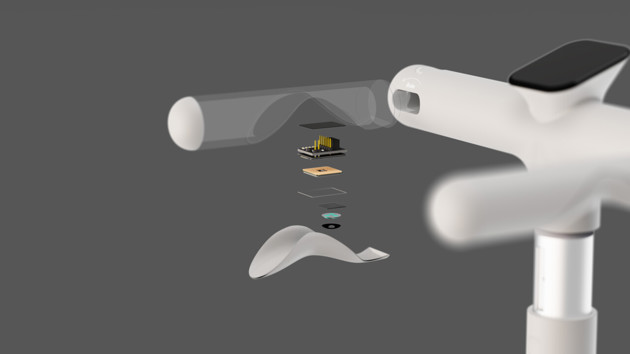
Handle equipped with sensors to measure blood sugar, blood pressure, and oxygen level.
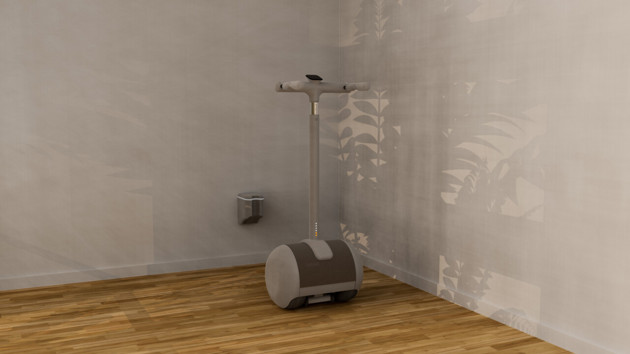
CLU is on its way to the charging station.
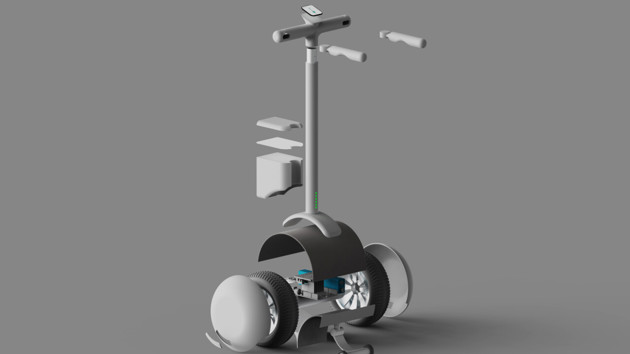
Exploded view.

Prototype using clay. Model built and VR sketches.

Sketch.

CLU is fully charged and ready to use.
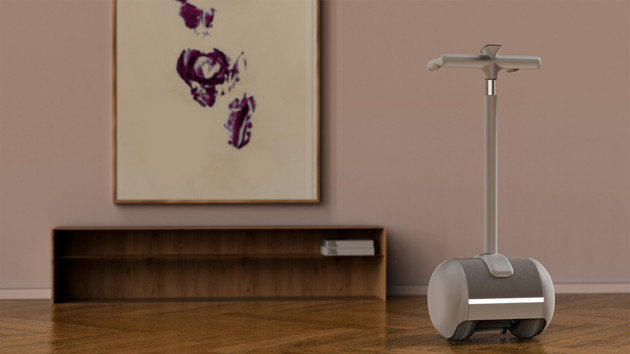
Final results, CLU, comfort living unit.










